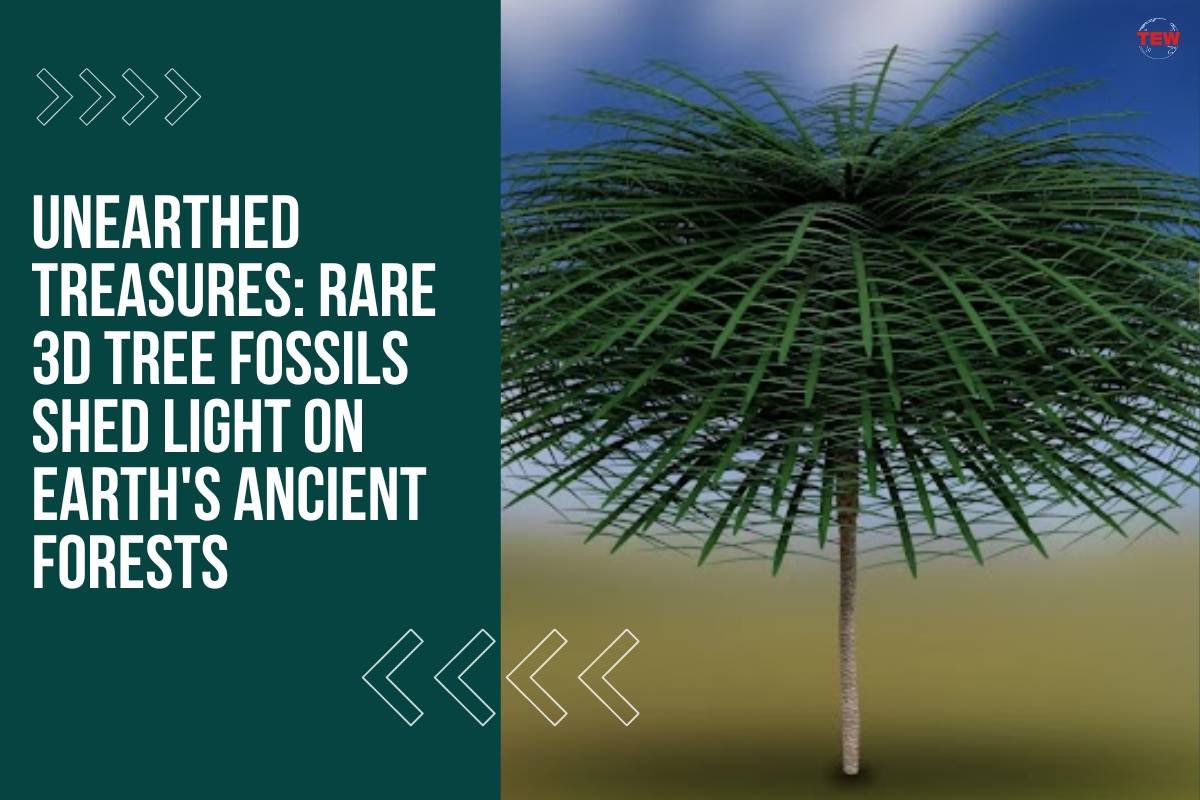(Credit: Tim Stonesifer)
Trees, with their roots deep in the history of our planet, have remained elusive in the fossil record. However, a groundbreaking discovery of uniquely preserved 3D fossil trees is providing unprecedented insights into the evolution of Earth’s early forests. Unearthed in a quarry in the Canadian province of New Brunswick, these fossil trees, buried alive by an earthquake 350 million years ago, not only showcase an extraordinary shape reminiscent of a Dr. Seuss illustration but also offer invaluable clues about a mysterious period in Earth’s history.
The study, published in the journal Current Biology on Friday, introduces the world to these “time capsules” that act as windows into deep-time landscapes and ecosystems, according to Robert Gastaldo, a paleontologist and sedimentologist who led the research. The fossils were discovered by coauthors Olivia King and Matthew Stimson during fieldwork in 2017, marking a rare find in the world of paleontology.
Fossil trees from Earth’s earliest forests are typically small
In a groundbreaking revelation, these fossils are among the few in the plant fossil record spanning over 400 million years where a tree’s branches and crown leaves are still attached to its trunk. Gastaldo, a professor of geology at Colby College in Waterville, Maine, emphasized the scarcity of such intact ancient trees. Most tree fossils from Earth’s earliest forests are typically small and discovered in the form of a fossilized trunk with a stump or root system.
However, the newly identified species, named “Sanfordiacaulis” in honor of quarry owner Laurie Sanford, breaks the mold. Believed to have reached a maturity height of 15 feet with an 18-foot diameter crown, this specimen challenges preconceived notions about ancient tree sizes. The rarity of complete fossil trees, especially with preserved branches and crown leaves, adds a new layer to the understanding of Earth’s past.
The significance of these fossil trees in unraveling the complexities
The unique fossilization of these 350 million-year-old trees is attributed to a “catastrophic” earthquake-induced landslide in an ancient rift lake, as explained by Stimson, an assistant curator of geology and paleontology at the New Brunswick Museum. The trees, alive during the seismic event, were swiftly buried at the lake’s bottom and preserved over millennia.
Despite resembling modern-day ferns or palms, these ancient trees predate those species by 300 million years. The most complete specimen boasts over 250 leaves preserved around its trunk, each leaf extending approximately 5.7 feet (1.7 meters). This abundance of leaves challenges expectations about the foliage of ancient tree species.
Peter Wilf, a professor of geosciences and paleobotanist at Pennsylvania State University, describes the find as a “milestone” in understanding the evolution of early forest structures. He notes the scarcity of tree fossils from this period and emphasizes the significance of these fossils in unraveling the complexities of Earth’s ancient ecosystems.
The discovery of these extraordinary 3D fossil trees not only captures the imagination but also expands the narrative of Earth’s botanical history, providing a tangible link to a distant era that has remained shrouded in mystery until now.





